The names of the best role-playing games are written into the history of gaming like cartoons of a city’s most famous heroes.
The amazing adventures they take us on often set a bar that many other games try to match.
Even though some of the best RPGs are very well known, not every great RPG has a place in history. So many of the genre’s best games are still underrated and forgotten, which is a shame.
There are so many good RPGs out there that are just ready to be found, like the most valuable gems at the bottom of the deepest dungeon.
Some people died because of bad luck, while others killed themselves in ways that are easy to forgive because of how brilliant they were despite their flaws.
They all have one thing in common: they are off the beaten road, where only the bravest adventurers dare to go.
So, if you think you’ve explored every country, saved every princess, and pulled every sword out of every stone, check out these great Underrated RPGs that you might have missed.
- 27. Hylics
- 26. Legend Of Legaia
- 25. Pirates of the Caribbean
- 24. Wildermyth
- 23. Grim Dawn
- 22. Radiant Historia
- 21. Summoner 2
- 20. Koudelka
- 19. Jade Empire
- 18. Darklands
- 17. The Legend of Dragoon
- 16. Energy Breaker
- 15. Anachronox
- 14. Gladius
- 13. Rogue Galaxy
- 12. Avernum: Escape From the Pit
- 11. The Last Story
- 10. Resonance Of Fate
- 9. Arcanum: Of Steamworks and Magick Obscura
- 8. Alpha Protocol
- 7. Risen
- 6. Jeanne d’Arc
- 5. Shadow Hearts
- 4. The Age of Decadence
- 3. Arx Fatalis
- 2. Nox
- 1. Terranigma
27. Hylics
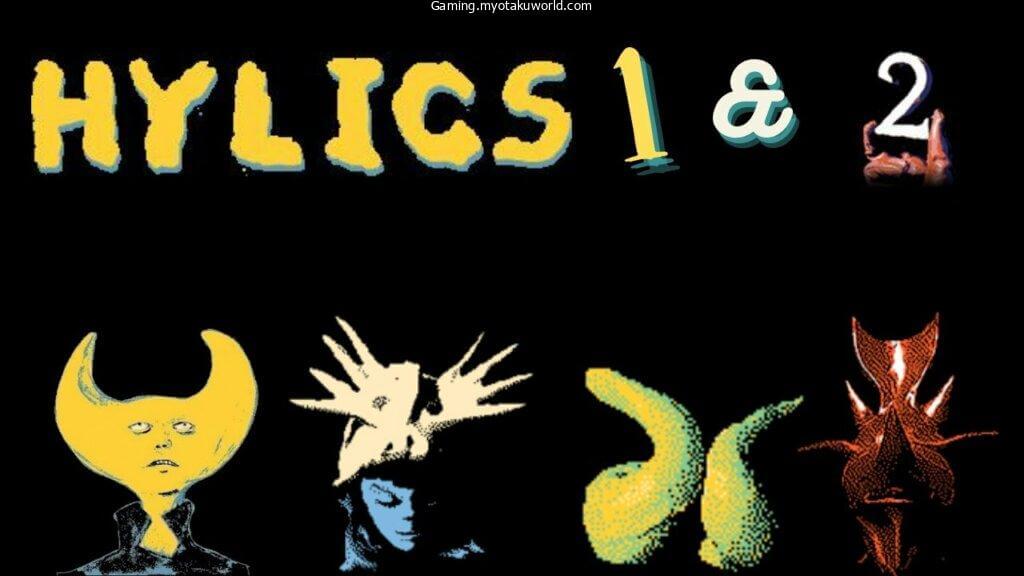
Hylics stood out because it was made in claymation style. Mason Lindroth made a strange and interesting role-playing game (RPG) by using clay to create a weird setting.
The game was played from the point of view of the first person. It was a one-of-a-kind experience because it was a light JRPG with odd parts.
In the game, hit points were called “Flesh” and power points were called “Will.”
Even though this is such a small part, it makes us want to get involved in the world of Hylics because it makes us want to find out more.
26. Legend Of Legaia

The Legend of Legaia was all done in 3D, and almost all of it was made with polygons. It was different from how most RPGs fight.
It was a mix of turn-based play and fighting styles from classic fighting computer games.
It was set up like any other turn-based game, but its moves were Slash Kick and Power Punch.
The story was great, and it was about a character who only wanted to find the spiritual secrets in the mist so he could get special powers from the past.
Even though it isn’t as well known as it should be, the mix of melee combat and fantasy is memorable.
25. Pirates of the Caribbean
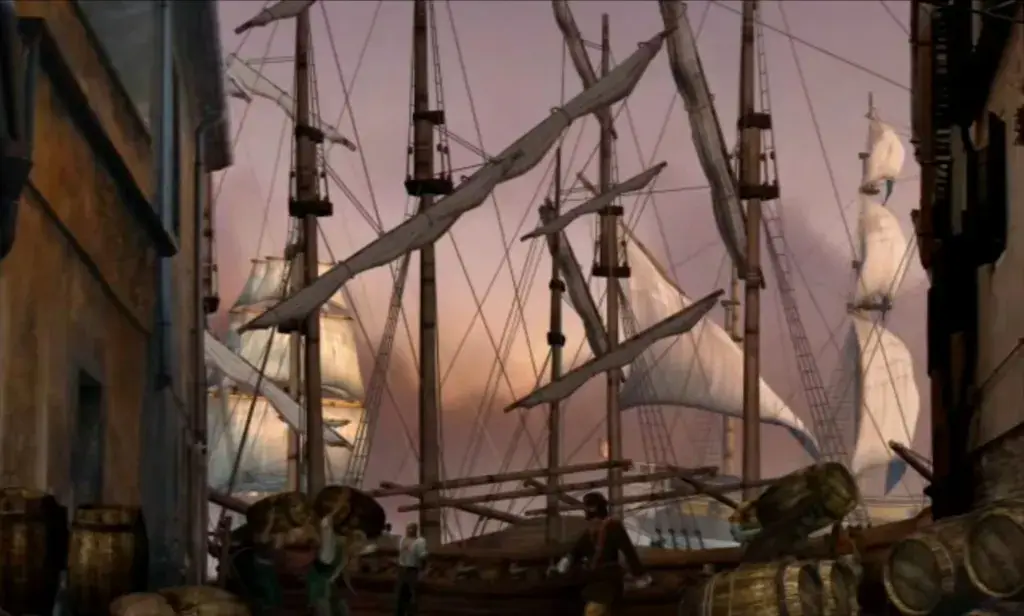
Yes, I mean it. No, you don’t have to laugh. Please, don’t laugh.
Pirates of the Caribbean, which came out in 2003 for Xbox and PC, is actually a follow-up to the Russian RPG Sea Dogs, which came out in 2000.
When the game’s publisher got the Pirates of the Caribbean license, they chose (at least in the West) to change the project’s name.
It was probably a smart move, but some people thought it was just a way to make money because of the name.
But it’s definitely not that. Pirates of the Caribbean is a great open-world RPG for its time, even though it is janky and hard to understand.
This game takes a surprising nuanced approach to a seemingly simple theme by focusing on the details of piracy, such as trade routes, loyalty to groups or nations, and crew morale.
It’s just too bad that the game isn’t easy to find anymore. You are a pirate, though.
24. Wildermyth
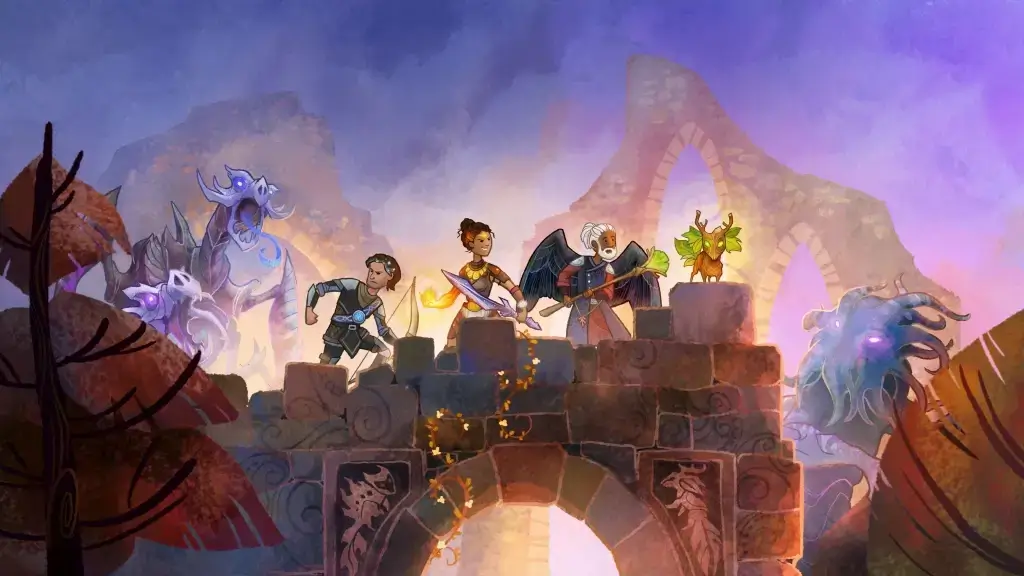
Wildermyth, the newest game on this list, was hard to find in 2021. There is never a bad time to get lost in Wildermyth, as long as you have dozens of hours to kill.
Wildermyth is a procedurally produced role-playing game that doesn’t use this feature as a joke.
I can’t say enough about how this game’s story changes in big ways based on almost every choice you make with your character.
So many games have tried to give acting experiences like Wildermyth, but only the best have ever come close.
In this game, you’ll see things that will stay with you forever that other players will never even come close to seeing.
This is a pure D&D-style RPG with beautiful pop-up book graphics that pay a stylish homage to its pen-and-paper roots.
23. Grim Dawn

When it came out in 2016, Grim Dawn was right in the middle of a strange resurgence of Diablo-like ARPGs.
That made many people forget about this game in favor of the competition, which was, to be fair, very good. But Grim Dawn might really be the best game in its category.
Grim Dawn’s scary themes are a great match for its fast-paced ARPG gameplay. This game doesn’t hold back when it comes to giving you features, options, and enemies.
Even so, the core gameplay of Grim Dawn is surprisingly easy to learn and incredibly fun.
The game has one of the most interesting and fun build systems I’ve seen in an ARPG, and the complex groups system adds a bit of “traditional” role-playing that some games in this genre lack.
Anyone who has ever liked a Diablo game needs to play it.
22. Radiant Historia
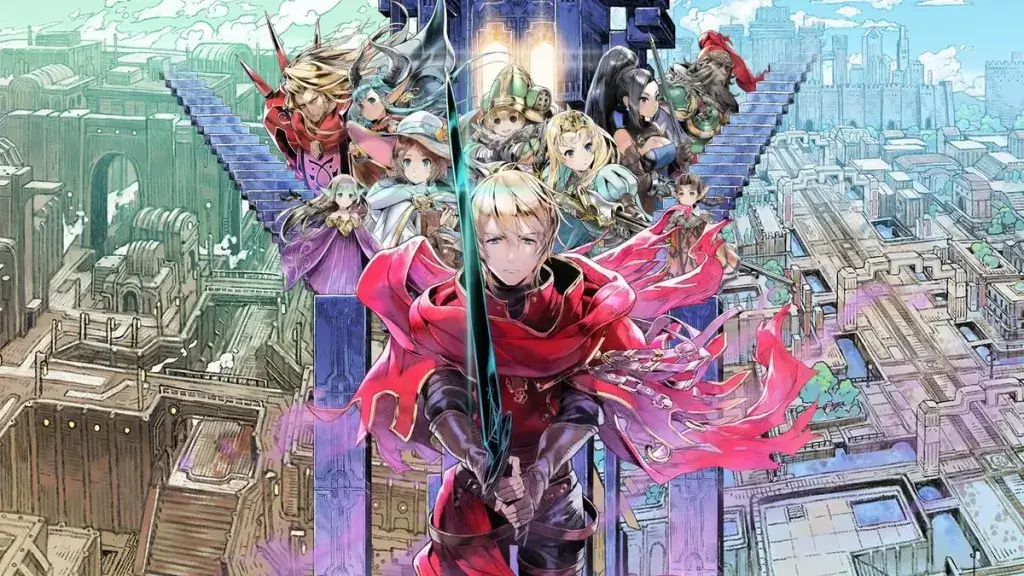
A surprising number of RPGs have characters who can journey through time. Even a short list of these games would include some of the best RPGs ever made, but Radiant Historia’s use of time travel is one of the most fun things I’ve seen in an RPG.
Radiant Historia is a bit more linear than many other RPGs that involve time travel, but it handles the idea in a very fun way.
To solve tasks and other problems, you often have to jump between different points in time and keep track of a story that is getting more complicated but still interesting.
But Radiant Historia’s battle system may be the real star of the show. Even though the fights are built on a grid, they sometimes feel like strategy games. However, they are still easy to understand, like the best SNES-style JRPGs.
This is a great example of a “retro” role-playing game that uses known mechanics as a starting point for something new and wildly fun. Radiant Historia: Perfect Chronology, its update, is also a great game.
21. Summoner 2

Summoner and the game that came after it are both pretty hard. These games were made and released in the early days of the PS2.
They still show the troubles that some games had back then. Summoner 2 is better in many ways than its predecessor, but its graphics are blurry, its camera controls can be hard to use, and it doesn’t move as smoothly as some of the best action RPGs.
But the good story of Summoner 2 quickly makes up for the game’s problems. The mythology and main story of this game are amazing, but the smaller adventures you find along the way are probably what you’ll remember the most.
Summoner 2 keeps you interested by giving you tasks like finding the money to slowly rebuild a kingdom and helping out characters who could have been the main characters in other games.
Even though the real-time fighting isn’t the best, it’s a nice change from the many turn-based platform RPGs of the time.
20. Koudelka
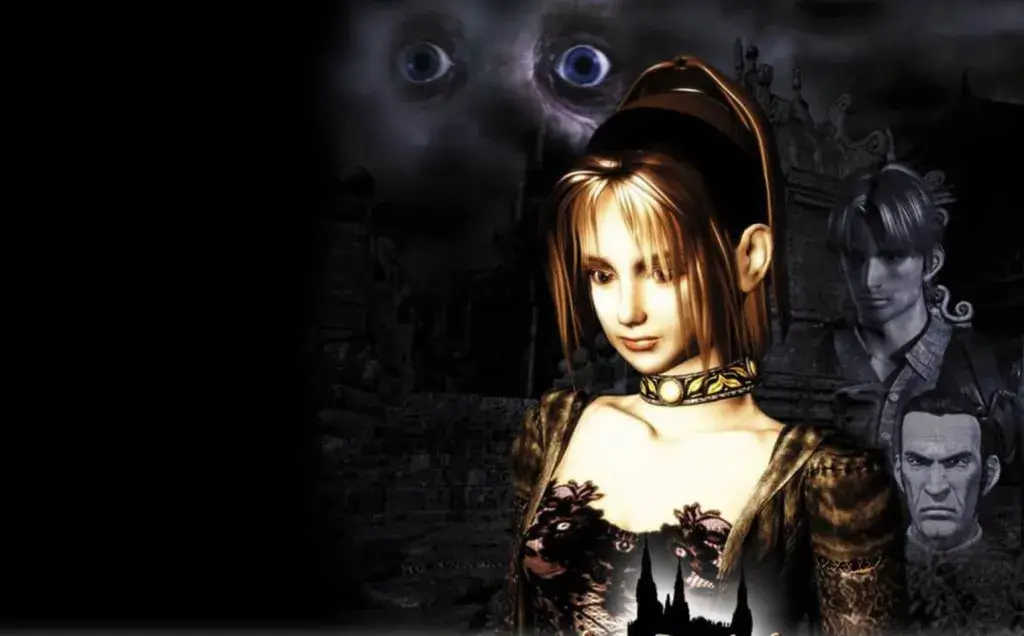
This PS1 game was one of the few examples of a real horror RPG. It tried to combine standard JRPG gameplay with different kinds of supernatural and psychological horror.
It doesn’t always work, to be honest. The game is creepy rather than scary, and JRPGs aren’t always the best way to scare people.
Still, the whole thing is such an interesting whole. At its best, Koudelka combines survival horror exploration in the style of Resident Evil with JRPG-style fighting, leveling, and gearing from the PS1 era.
At worst, it’s just a really well-done JRPG from that time with some fresh horror vibes. The fact that this one didn’t get more attention shows how good the genre was at that time.
19. Jade Empire
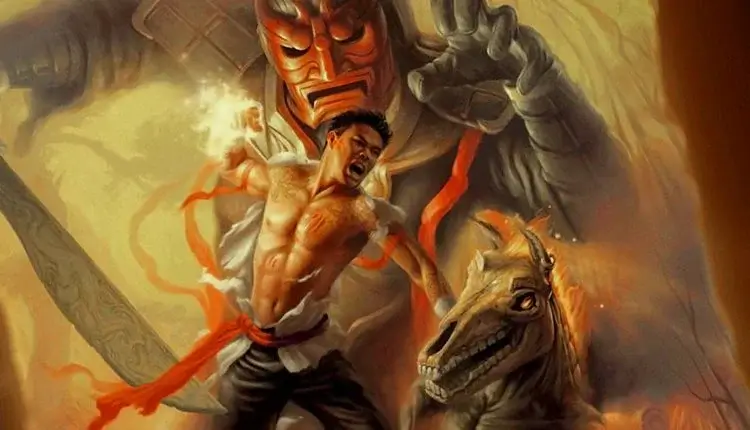
Even though Jade Empire might be the most well-known RPG on this list (it was made by BioWare, after all), it has a strange place in culture.
Jade Empire was made as a sort of experiment to help fill the gap between the releases of the studio’s two bigger franchise games, Star Wars: Knights of the Old Republic and Mass Effect.
It’s often thought of as a curiosity. To be fair, the game isn’t as polished as other BioWare games from the same time period.
Most of the time, though, the game’s harder spots show how big it wants to be. The mythology of martial arts in Jade Empire and the real-time fighting system that goes with it are still welcome breaths of fresh air in a genre where these ideas don’t have many real competitors.
It’s an epic kung-fu RPG made by one of the best RPG makers of all time when they were at the top of their game. Even though it’s not perfect, there’s nothing else like it.
18. Darklands
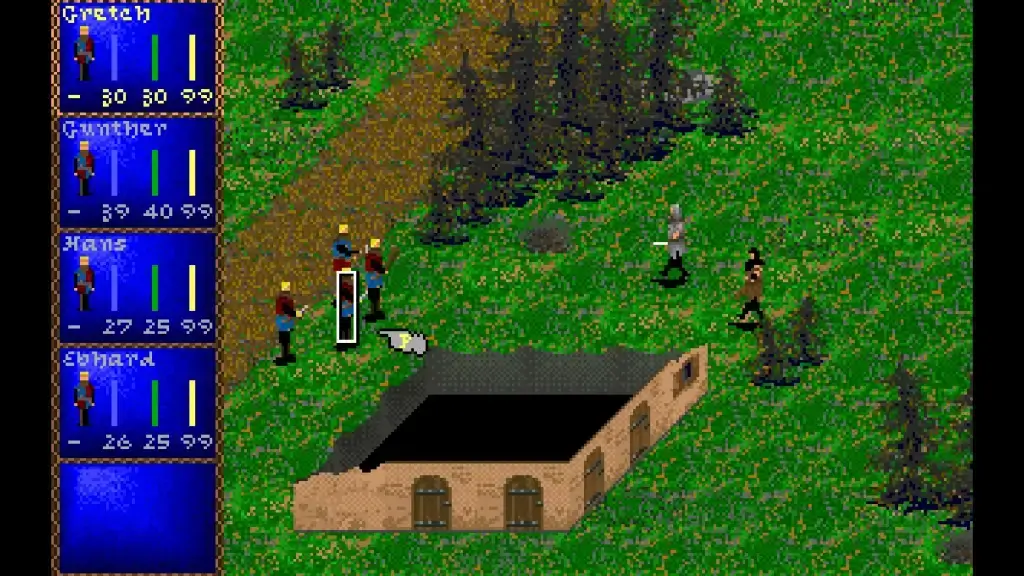
Darklands tried to do too much for its own good in many ways. Even though it took a long time and a lot of money to make this game, that wasn’t quite enough time to get rid of all of the bugs that would soon make this game unplayable.
A pricey role-playing game that people often remember for its many technical problems?
Yes, they did have those in 1992.
Today, though, it’s easy to see Darklands for what it really is when it’s been fixed.
Darklands was basically an open-world RPG made at a time when most companies wouldn’t have even thought of making something like that.
Even though it can be hard to understand how many things this game will at least let you try (like a dynamic class system based on personality, age, and traits instead of set skills), this adventure is truly epic in scale.
The real star of this show, though, is the game’s great setting, which combines real historical places and times with magical elements in a way that works really well.
Why aren’t there more RPGs like that that take place in the past?
17. The Legend of Dragoon
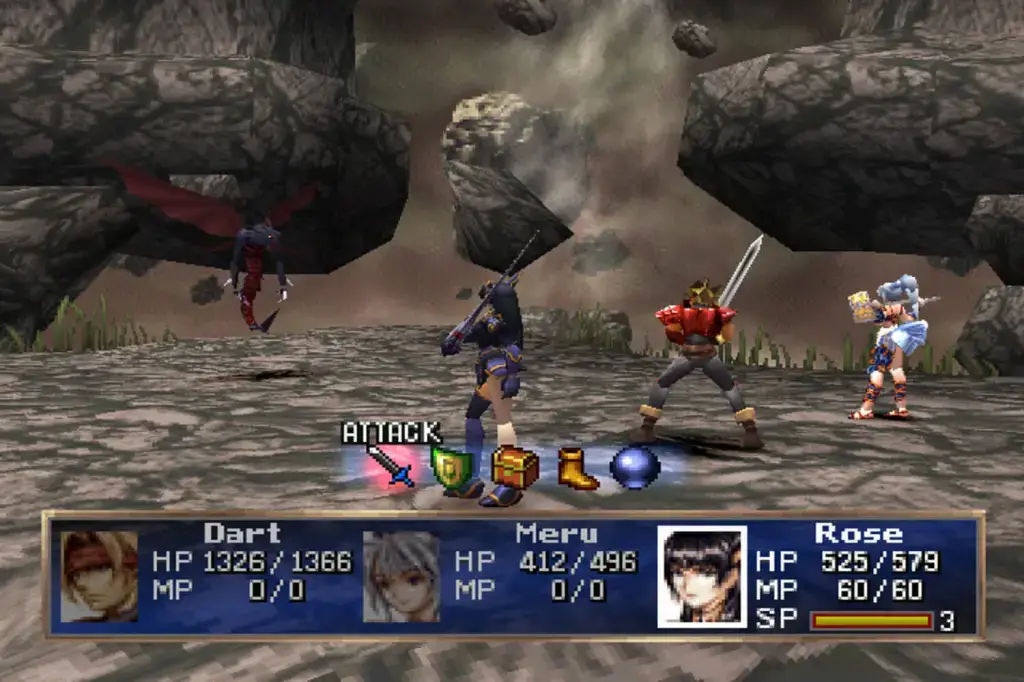
The Legend of Dragoon is another game that has become more popular in recent years. It was meant to be Sony’s way of cashing in on the growing popularity of JRPGs around the world during the PS1 era.
Even though there was a lot of buzz about The Legend of Dragoon (or maybe because of it), people had a lot of different things to say about it.
Many people just thought the game was too similar to its many rivals, but not as polished or bold as those other games.
Some of these complaints are true, but they don’t tell the whole story. Even though it has some things that are familiar, The Legend of Dragoon is an action-packed JRPG with some of the most beautiful cutscenes of the PS1 era.
Some parts of this game, especially the fighting system, still make me want to play it again. It’s a well-made gem from a time when the genre was at its best, and it has enough new ideas to make sure you remember it.
16. Energy Breaker

Like PS1 RPGs, there were so many great JRPGs for the SNES that many good genre games didn’t have enough people to play them.
Energy Breaker, on the other hand, has a clear reason for why so few people played it. This tactical RPG was only ever released in Japan, and it wasn’t exactly a big hit there either.
Many Western gamers didn’t get to try this game properly until 2012, when an English fan version made it possible.
Those who gave this game a try soon found something great. This game is very deep from both a gaming and a story point of view.
Some people might not like this game’s deep tactical gameplay and many options (and challenges), but the classic JRPG elements give it a sense of adventure that other tactics games of the time didn’t always have.
Fans of Fire Emblem, Final Fantasy Tactics, or even Lufia, an amazing JRPG series that creator Neverland went on to make, should play this one.
15. Anachronox
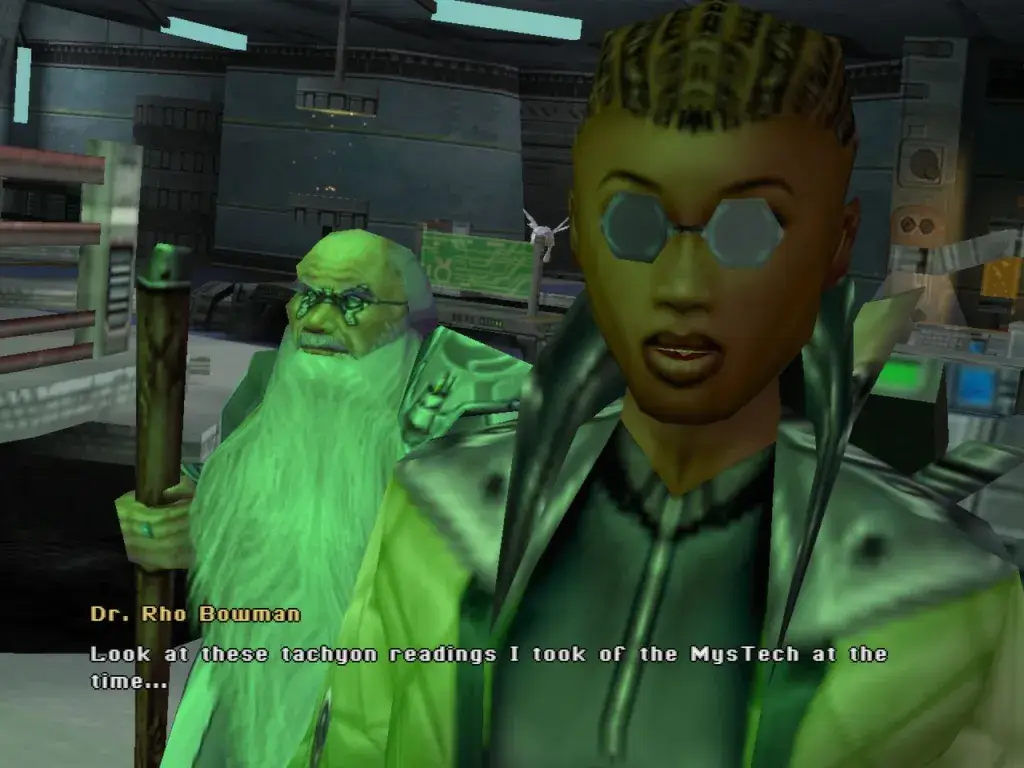
Ion Storm built it. Dallas, after making the infamously bad Daikatana, Anachronox tried to mix elements from immersive sims and classic JRPGs.
It tried hard, but it was flawed. At times, it will hurt like hell to remember that the team that made Daikatana also made this fundamentally weird game.
Still, most of the headaches are worth it for Anachronox. Its cyberpunk noir setting, which reminds me of Blade Runner, is great for a game that tries to combine the best parts of games like Chrono Trigger and Thief.
Most of the time, this mix of ideas is too much for the game to handle, but when it works, it’s amazing. Even though it has a lot of problems, this game is a must-play because of its fighting, puzzles, and story.
14. Gladius

Gladius is almost definitely the best “gladiator game” ever made, even though the genre as a whole isn’t very deep or complex.
This tactical RPG with a gladiator theme came out in 2003 from LucasArts. You have to stay alive in different stages of gladiator fights.
You must also build up your team of gladiators along the way by fighting different monsters and getting new gear.
Even though Gladius isn’t really a “simulation” of gladiator battles (you fight a lot of magical creatures in it), its brilliantly strategic gameplay taps into the romance of a brutal idea.
It’s a little bit like Gladiator and a little bit like Jason and the Argonauts. It’s also an amazing RPG from a time when there were a lot of underrated RPGs.
13. Rogue Galaxy
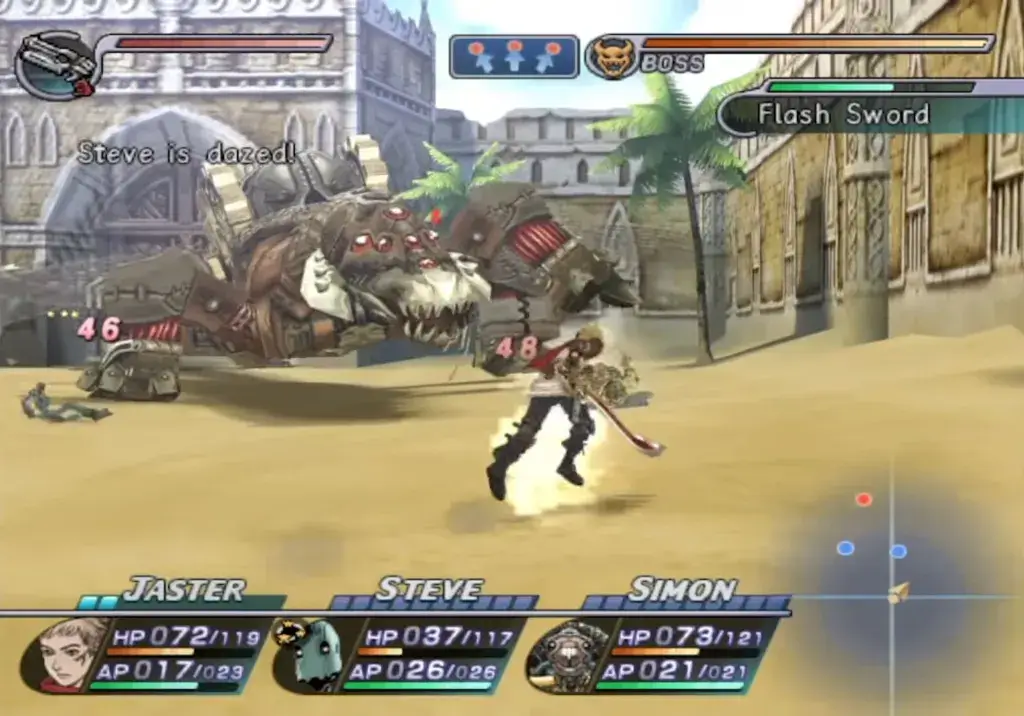
After the success of the Dark Cloud games and Dragon Quest VIII, Rouge Galaxy could be seen as creator Level-5’s “blank check” project.
At the very least, it was the most expensive job the company had done up to that point. Unfortunately, Rogue Galaxy didn’t sell nearly as well as they had hoped.
The game came out in Japan the same year as Final Fantasy 12 and in the West the same year as Mass Effect. It got stuck between these two big RPGs for a long time and didn’t get much attention.
Luckily, Rogue Galaxy still holds up very well. Even though Rouge Galaxy’s story is one of its biggest flaws, its “sci-fi meets seafaring” style and beautiful graphics make up for a lot.
Also, few other RPGs have as many sidequests and tasks that are worth doing as Rogue Galaxy does.
Breeding creatures that then take part in a strategy game like Chess, rebuilding a plant, and hunting rare monsters are all things that could be the main focus of other RPGs.
It’s too bad that this game crashed so hard after trying so hard to fly.
12. Avernum: Escape From the Pit
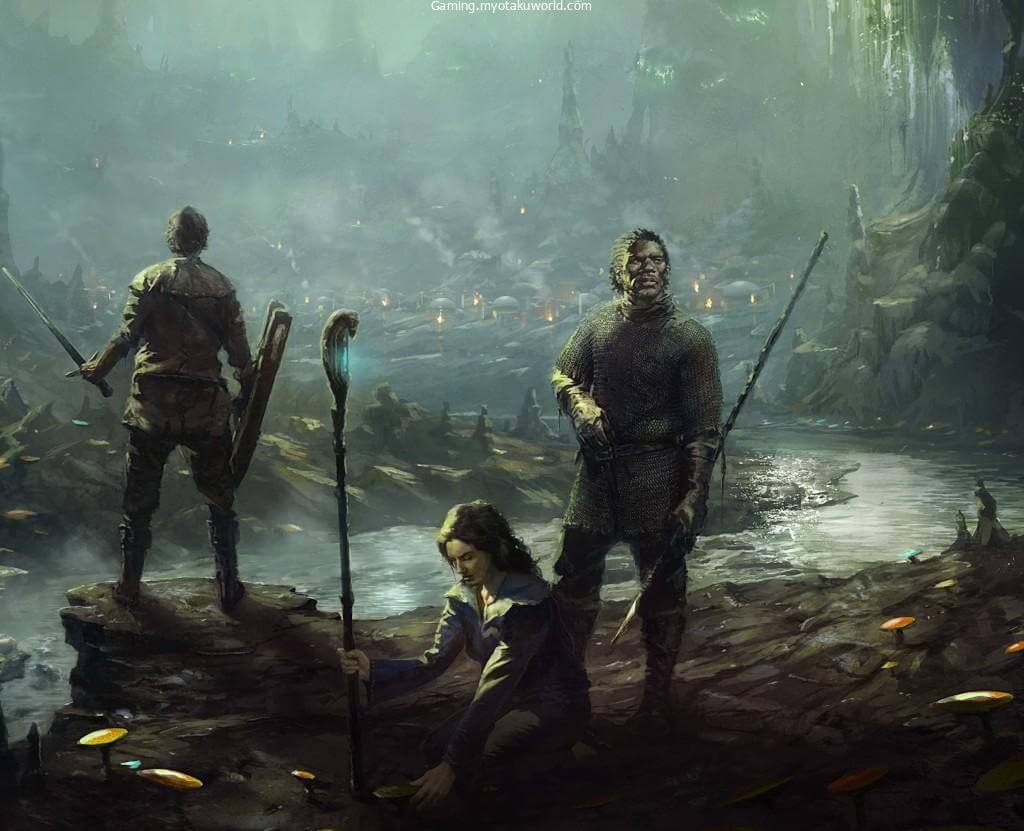
You used to live on the surface, but the cruel Emperor Hawthorne just sent you to the underground world of Avernum.
People think of Avernum as something between a prison and Hell. The emperor sends there anyone who angers him or questions him in any way.
But it turns out that putting your most dangerous enemies all in one place isn’t always the best plan. Avernum has become its own country.
You will find terrible things there, but you will also have the chance to go your own way. You could also help lead a revolt against the people on the surface who sent you there in the first place.
Avernum: Escape From the Pit, a remake of Exile: Escape from the Pit from 1995, makes the most of an amazing idea.
Even though the game tells you there are three ways to win, you have a lot of freedom in how you choose to go down those roads.
All of this can get pretty difficult, but it’s easier to get lost in the game’s many mechanics because the world and side stories are so interesting.
Anyone who misses the hard-core RPGs of the 1990s needs to know about this one.
11. The Last Story
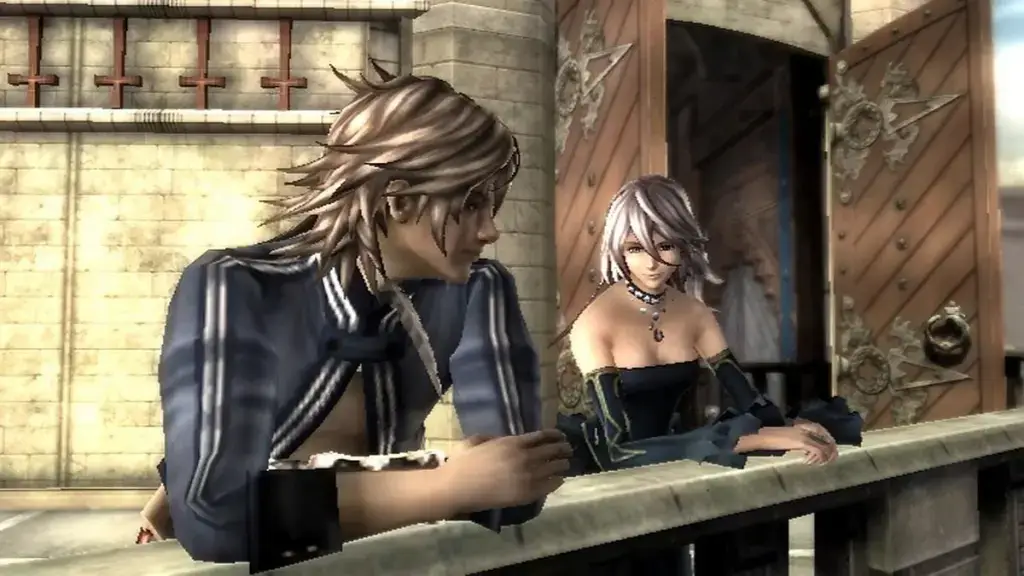
Final Fantasy’s creator, Hironobu Sakaguchi, went back to the drawing board after Blue Dragon and Lost Odyssey, two games that could have also made this list, failed to start a JRPG movement on Xbox.
He chose to make a JRPG that was more ambitious and didn’t use as many JRPG tropes. Sakaguchi’s big project, called “The Last Story,” was supposed to be the best RPG for the Nintendo Wii.
But, like Blue Dragon and Lost Odyssey, The Last Story didn’t have the effect that Sakaguchi wanted it to have.
In a funny twist, one of the biggest complaints about the game was that it stuck too closely to the stereotypes that Sakaguchi was trying to break.
I’ve never really understood why people say those things. Even parts of The Last Story that feel familiar, like the story, often play with or use genre tropes in interesting ways.
The gameplay, on the other hand, is a fun ARPG that shows how much Sakaguchi wanted to do something different.
The Last Story’s amazing multiplayer games, which can be played together or against each other, are the real surprise star of the show.
Even though the Wii technology holds it back in some big ways, this game is a great mix of old and new.
10. Resonance Of Fate
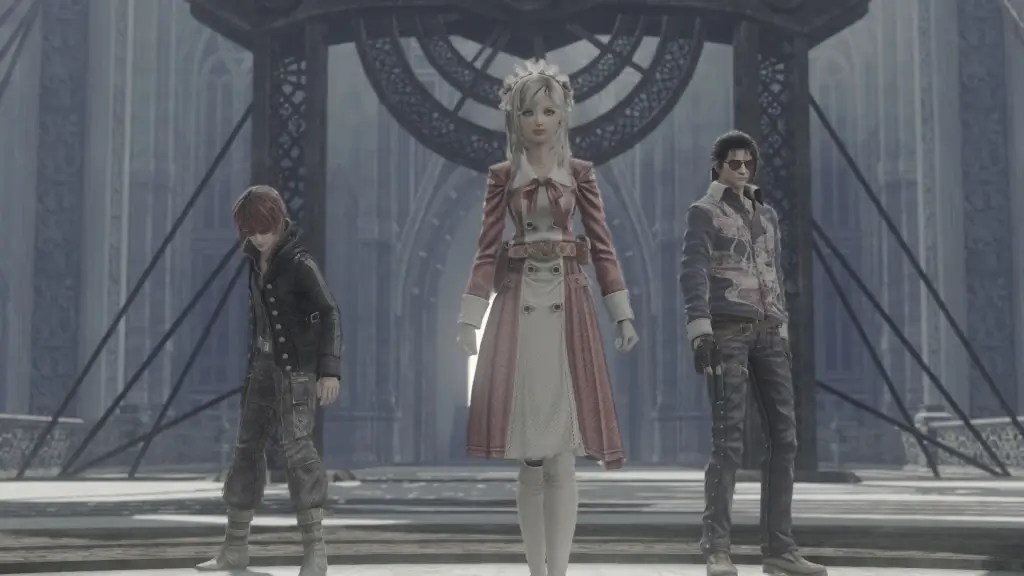
The fighting system in Resonance of Fate is one of the strangest you’ll find in an RPG.
Even though Resonance of Fate is a turn-based game, you change places all the time to get a strategic edge over enemies and pull off some crazy team combos.
It’s easy to think that some of the people who tried this game back in the day quit because they couldn’t figure out how to fight.
But it’s very important to figure out. The combat system in Resonance of Fate is one of the best I’ve seen in an RPG.
It’s a great mix of methodical planning and cinematic action. It’s a beautiful thing, and the game keeps coming up with new ways to put your skills to the test and teach you some new tricks.
Even though some of the other RPG parts of the game aren’t great (the story is a real mixed bag), the fighting is what makes this game stand out right away.
9. Arcanum: Of Steamworks and Magick Obscura

I’m a sucker for any RPG setting where fantasy and science clash. The idea that “Industrial Revolution meets Age of Mystical Wonders” is at the heart of Arcanum is one that I can’t get enough of.
After all, how many games are about a zeppelin crash that may have been caused by old, magical forces?
This great opening leads to one of the best PRG stories you might not have had the chance to read yet.
I have to put a lot of emphasis on the word “RPG storytelling,” because so much of the game’s story depends on your character and the choices you make.
The amount of thought that went into how the different parts of this game work together and how each piece affects the other parts is just amazing.
It’s not the most polished RPG of its kind, but it’s definitely one of the most complicated and story-driven ones.
8. Alpha Protocol
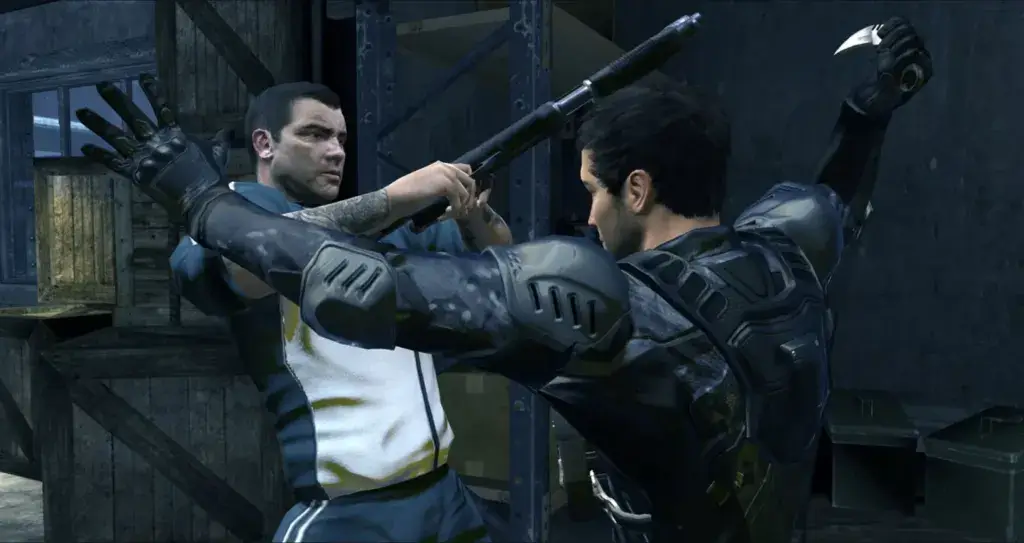
Alpha Protocol reminds me of Hunter S. Thompson’s famous quote, “Too weird to live, and too rare to die.”
Obsidian, a company that makes RPGs, made the third-person action game Alpha Protocol. Alpha Protocol may look like a simple third-person spy shooter, but Obsidian’s hardcore RPG ideas show up in some interesting ways.
Most importantly, players often have to make quick choices about how to talk to NPCs that can have a big effect on the rest of their adventure.
The general story of Alpha Protocol isn’t quite up to the ridiculously high standards of Obsidian, but few games have ever come close to recreating the panic that these often unclear choices cause.
Players can spend their skill points on things that have a real effect on how they play the game. This gives the game a nice RPG feel.
This is what Alpha Protocol is all about. At a time when action games that are easy to play and RPG parts that aren’t very good are pretty common, Obsidian’s attempt to make a game that was the best of both feels even more impressive.
Some of the ways they tried to make that ambitious idea work are a little strange, but it’s hard to be too harsh on what is basically a great Mission: Impossible game made by one of the best RPG companies ever.
7. Risen
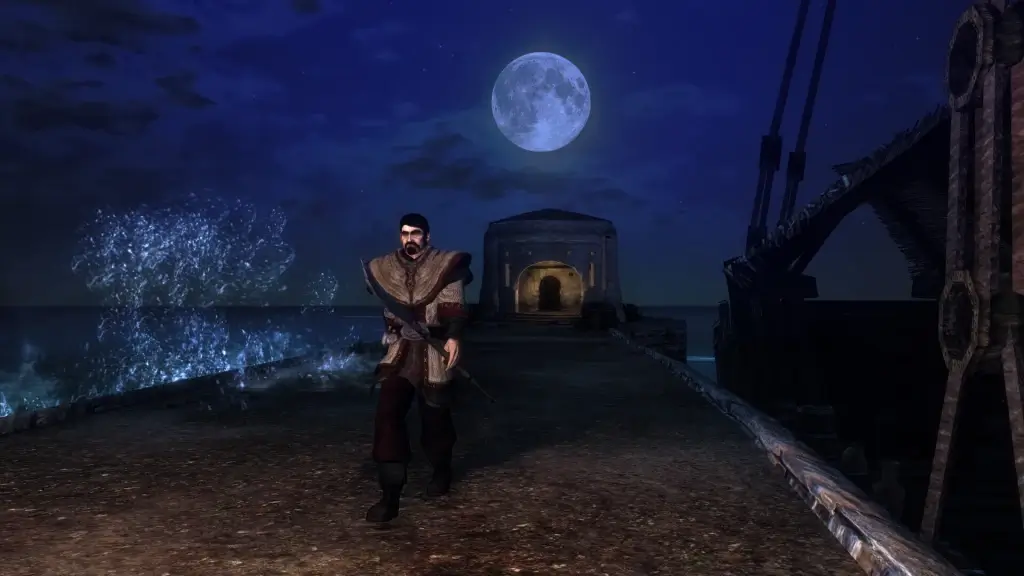
After Gothic 3, which was ambitious but had too many bugs to be fun, creator Piranha Bytes went back to their roots with Risen.
Instead of trying to make the biggest RPG possible, Piranha Bytes made a game that just felt bigger than it was.
During a time when open-world RPGs were quickly becoming the norm, some fans saw Risen’s smaller, “Eurojank” style as a throwback to a different era.
It might be, but to the right person, relics can be very important. Risen might be the perfect game for people who thought games like Skyrim gave up on too many hard-core RPG ideas in favor of a broader, easier experience.
This game doesn’t hold your hand, but it’s always worth the work you put into it. Risen’s depth makes it feel like a much bigger game than it may seem at first.
It has a great variety of NPCs and sidequests, and its leveling system lets you slowly shape your character based on how you play.
6. Jeanne d’Arc
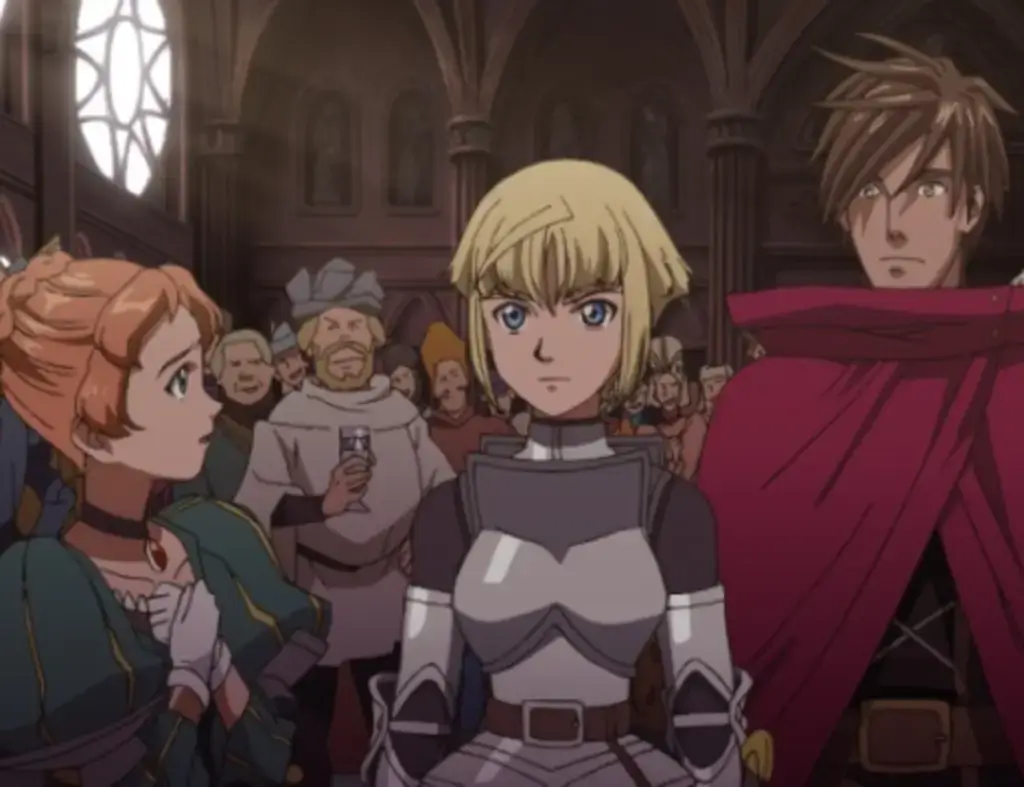
After making great RPGs like Dark Cloud and Rogue Galaxy, creator Level 5 wanted to try their hand at making a strategy RPG.
Even though the studio isn’t very old, Jeanne d’Arc has to be one of the most fun games in a subgenre of strategy games that is full of wonders.
This PSP game is loosely based on the story of Joan of Arc. It may be the best strategy RPG for people who have never played one before.
Some people might feel insulted by that, but they shouldn’t. Jeanne d’Arc’s “rock, paper, scissors” style of fighting soon proves to be the core of a strategy RPG that doesn’t give up much in terms of depth and has a lot of charm.
There’s just something so special about how this game blends the personality and character of a more traditional RPG with the brain-teasing parts of a great strategy RPG.
Few games have managed to do both, but the ones that have are often thought to be among the best in their genre. Jeanne d’Arc, on the other hand, is often overlooked and forgotten.
5. Shadow Hearts
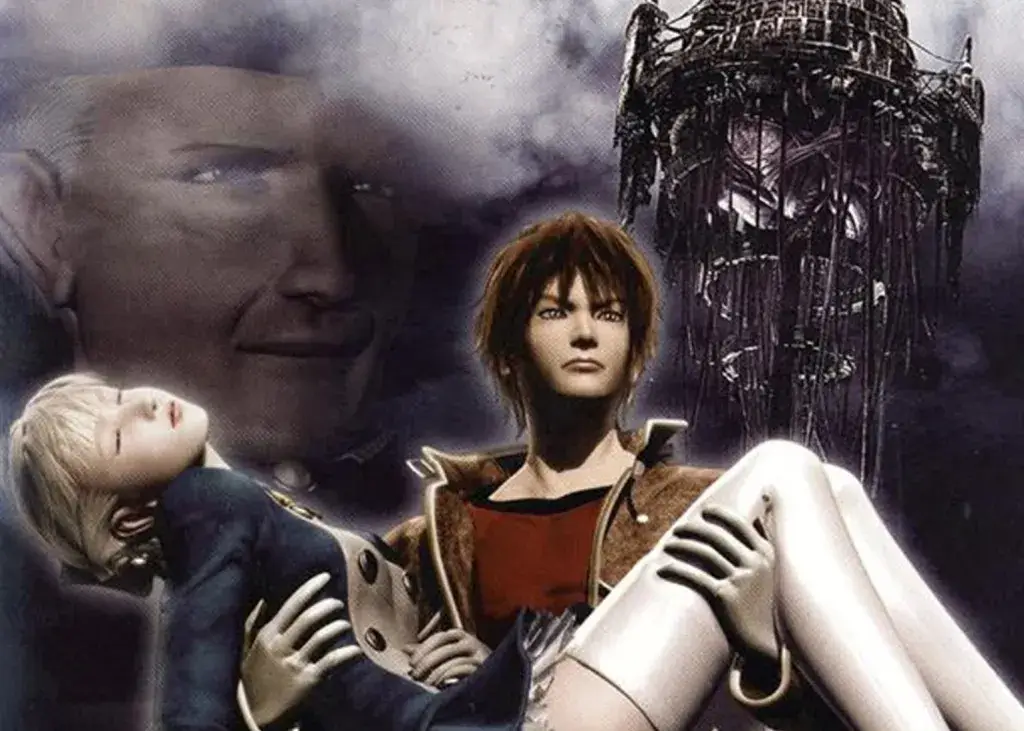
Like a few of the other games on this list, one of the biggest complaints about Shadow Hearts when it came out was that it used too many genre tropes.
Many of the things the naysayers said were true. Shadow Hearts is surprising in how linear it is.
The random fights can be frustrating, and the story, which is otherwise great, moves at a…deliberate pace. But Shadow Hearts has a huge ace up its sleeve in the form of its Judgement Ring feature.
The Judgement Ring is a way to control almost everything in Shadow Hearts. It was inspired by Pachinko machines and beat-em-up games.
In order to land strikes and finish some interactions, you often have to hit certain spots on the ring.
When you put in the right information, you can get huge bonuses. If you don’t do something, you might miss an attack or exchange.
It should make me mad, but it doesn’t. The Judgement Ring system feels like a natural extension of the game’s Lovecraftian horror elements.
It also adds a layer of spice and mystery to scenes that might be getting too familiar without it. This game has a creative force that is hard to find in other games.
4. The Age of Decadence
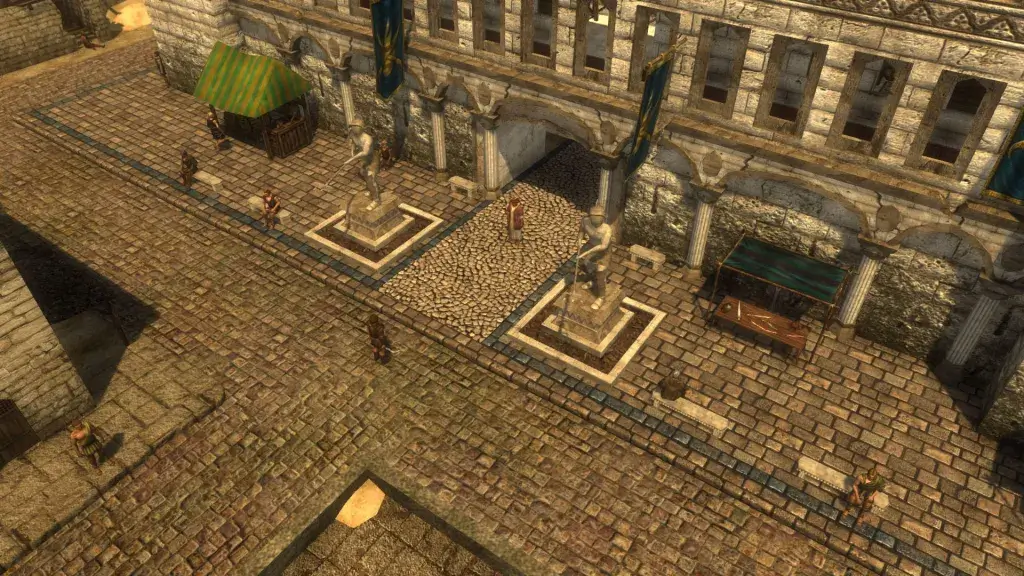
If The Age of Decadence isn’t the best RPG on this list, it’s definitely the one that isn’t talked about as much as it should be because it’s so good.
The Age of Decadence is a hard-core role-playing game that tries to see how far it can go. The game pushes you to play a role well from the moment you make your character.
That doesn’t mean you have to play in a certain way. Instead, it means you can’t take an easy route that doesn’t feel right for your character.
A thief won’t last long in battle, and a monster won’t be able to talk to many people and convince them to do what they want. Some roads are just out of the question.
But because everything you do in this game can have an effect, you should always think about what those effects might be and how your choices show what kind of person you are.
This game doesn’t try to hide the fact that it will test and even annoy you with its hard-core role-playing. Those who are interested because of that promise, though, won’t be able to find many games like this one.
3. Arx Fatalis
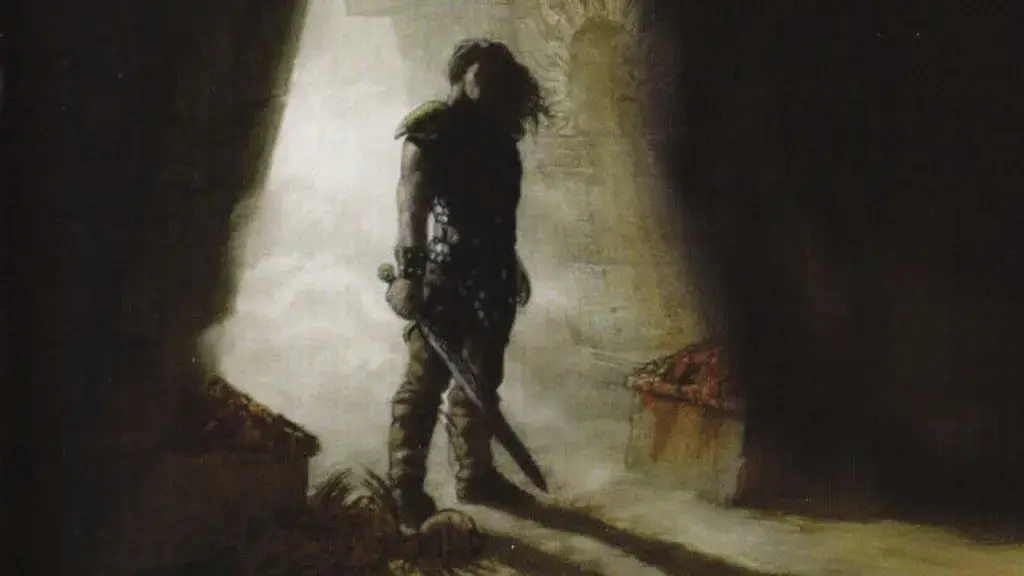
Arkane Studios proved that they were good at making realistic sims with Arx Fatalis, a game that came out before Redfall.
In the world of Arx Fatalis, people have moved underground because the sun is dying.
Arx Fatalis is a type of game called a “dungeon crawler,” but the player has a lot more freedom in this game than in most other dungeon crawlers.
Your actions constantly change where you go, what you find, and how you connect with everything. Even to cast magic, you have to move your hands in the air as if you were waving a wand or staff.
Unfortunately, Arx Fatalis was the first in Arkane’s strange history of great games that had trouble selling well. Thankfully, time hasn’t changed much about how great this game is.
2. Nox
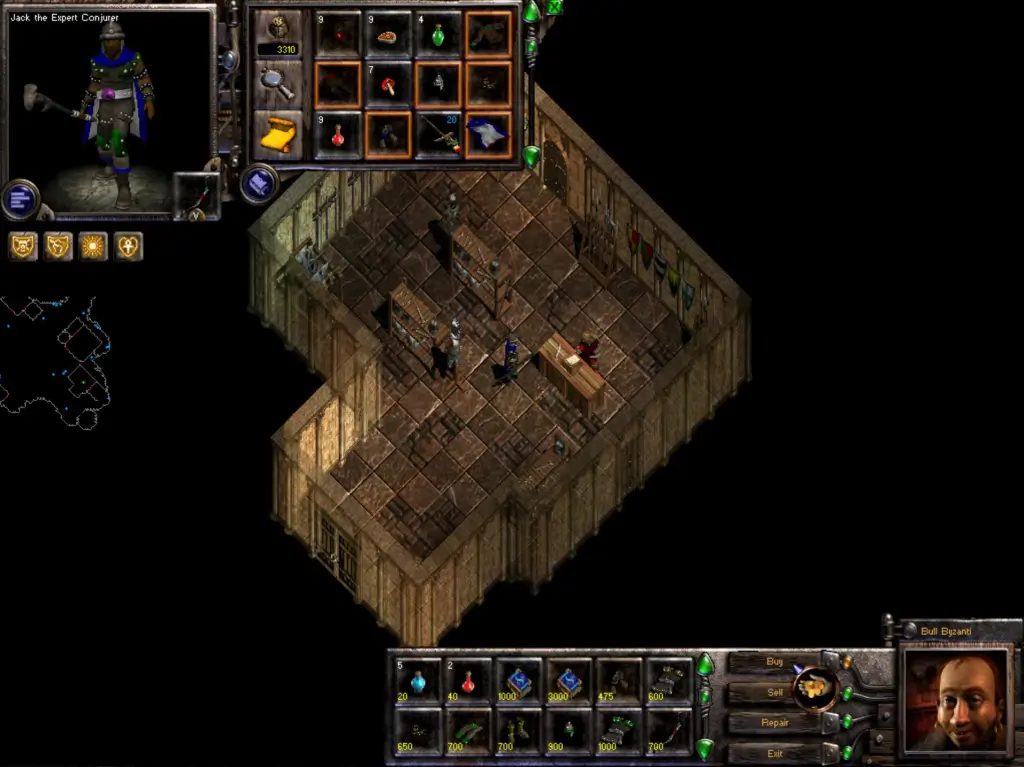
Nox came out about a month after Diablo 2, so its history has always been linked to that groundbreaking and very popular RPG.
Even though both games are isometric action role-playing games (ARPGs), that’s pretty much where the similarities stop.
In fact, the best thing about Nox is how it takes so many ARPG ideas and makes them into something new.
Its “fog of war” system, which was probably influenced by the Dune and Command and Conquer games made by the same company, makes you constantly think about where you are looking and how to move around the world.
The game’s magic system makes you think about how spells work and what they do instead of just hitting a button. Even the class you pick at the start of the game has a big effect on how the story goes.
There are so many games like Diablo, and many of them are very good, but it’s too bad we didn’t get more games like Nox.
It’s a creative and smart look at the ARPG genre. For every rule it breaks, it comes up with an interesting new idea.
1. Terranigma
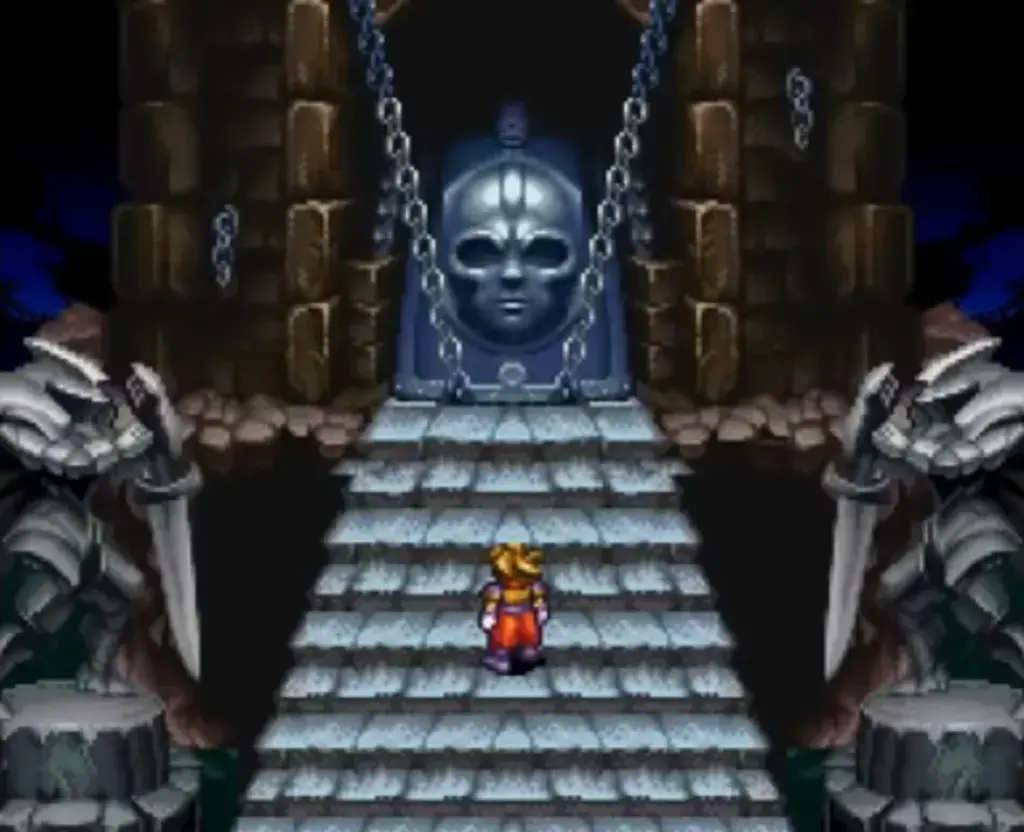
Some of you may have had the good fortune to grow up with Illusion of Gaia, an action RPG that is both great and often underappreciated.
What you might not know is that Illusion of Gaia is part of an unofficial trio of role-playing games made by Quintet.
The trilogy got off to a great start with 1992’s Soul Blazer, but it wasn’t until 1995’s Terranigma that they were able to fully realize what they had in mind.
Terranigma has a lot in common with Illusion of Gaia, but everything here feels so much better made.
The parts of the game where you go on adventures are more like Zelda, which makes each moment of play so much more fun.
Even though the role-playing parts of the game are sometimes limited to upgrading your character’s stats and gear, the battle system gives you a surprising amount of freedom.
The best part is that the game’s jaw-dropping story is perfectly matched by its amazing graphics. This is one of the best SNES tunes ever, no joke.
Even though Terranigma didn’t come out in North America at first, it’s pretty easy to find now. Anyone who liked the SNES age needs to try it.
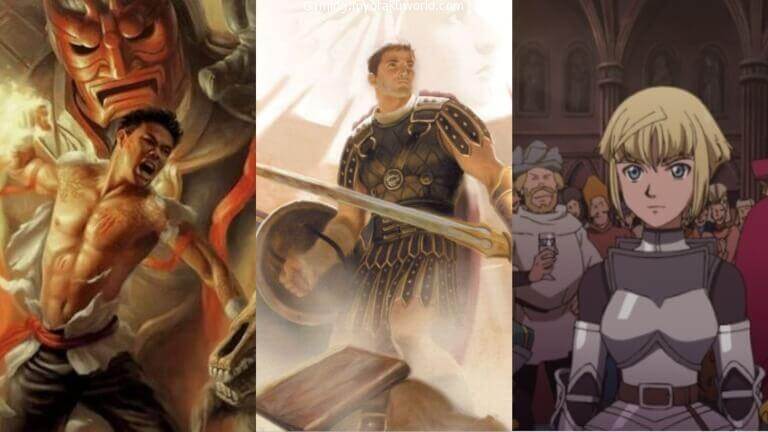
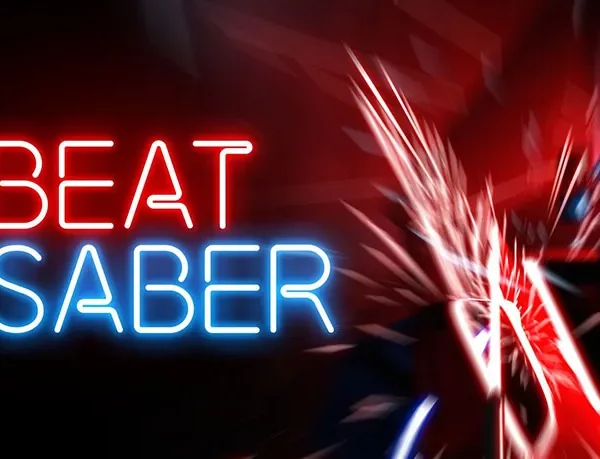
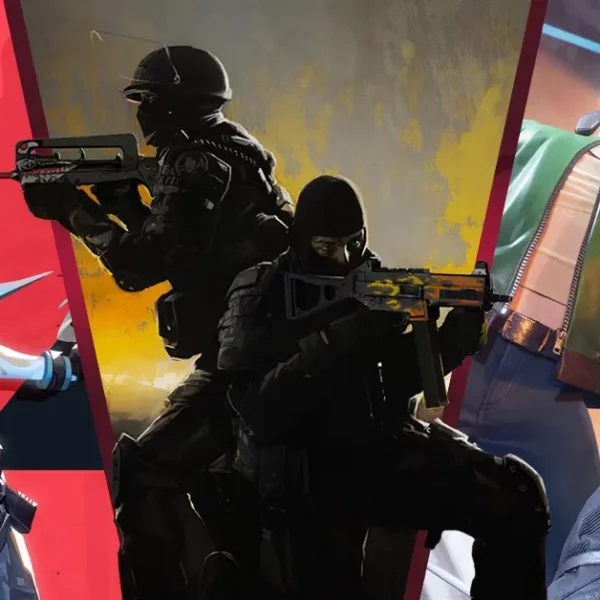
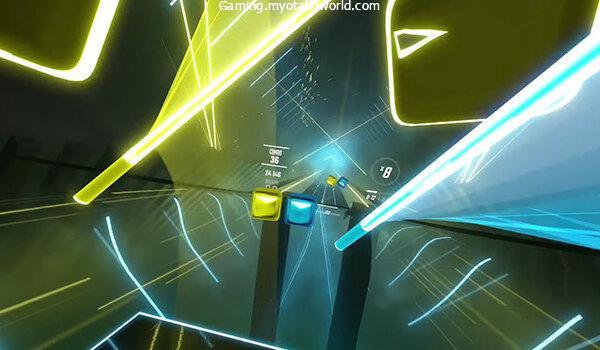
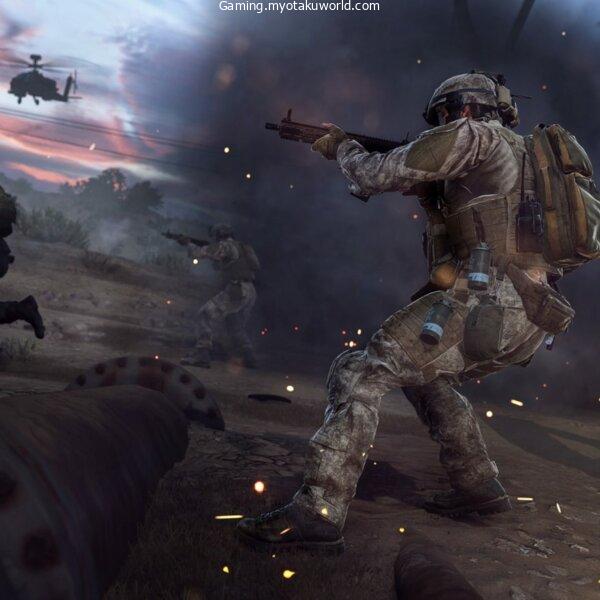
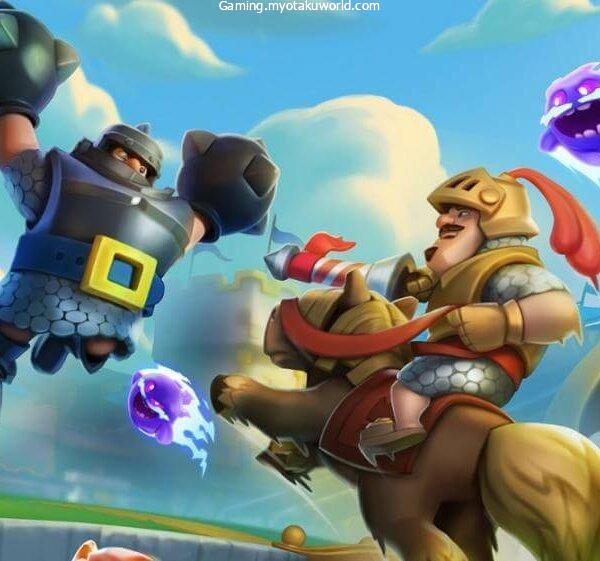
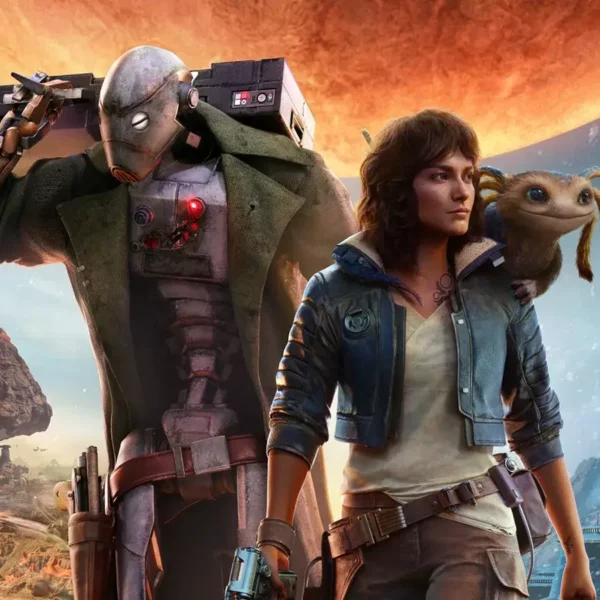
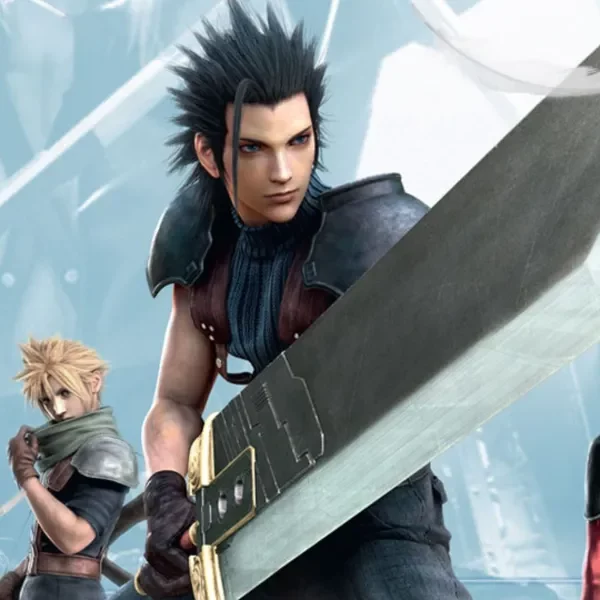
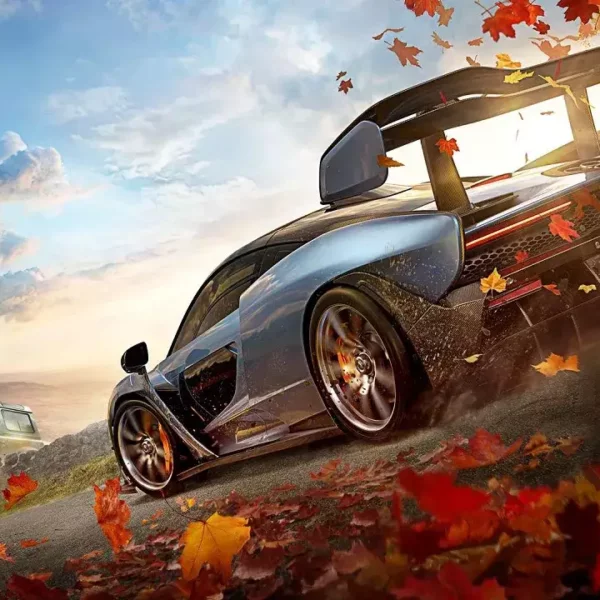

Leave a Comment